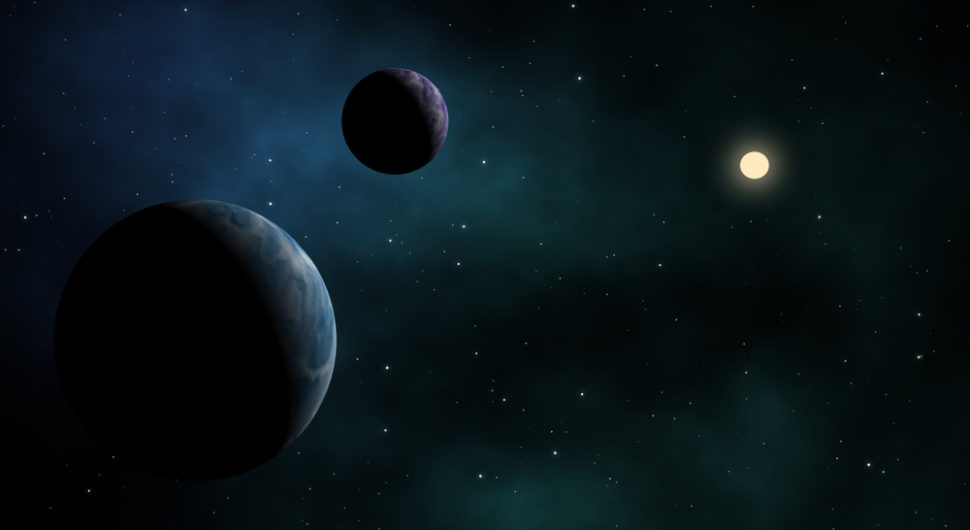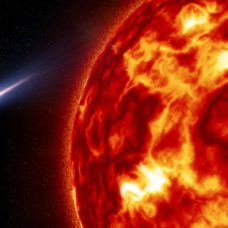To date, nearly 4,000 planets have already been discovered outside the solar system, with another 3,700 candidate planets awaiting confirmation.
Scientists think there could be billions, in the Milky Way alone, and many could contain liquid water and other conditions conducive to the development of life. Because the only known place where life exists is here on Earth, the search for exoplanets capable of sustaining complex alien life has been so far mostly focused on Earth analogs.
An Earth-like exoplanet should be rocky so there’s a firm ground from which life can sprout. It should lie in the Goldilocks (habitable) Zone of its home star to allow for liquid water to run on the surface, and it must have a working atmosphere. Other factors like the size of the planet also come into play.
Most Earth-Like Exoplanet in Our Cosmic Vicinity
One of the most recent discoveries related to exoplanets similar to Earth is about two new Earth-sized planets, with one being described as the most Earth-like exoplanet ever.
Using the transit method with the CARMENES high-resolution spectrograph at the Calar Alto Observatory (Almería, Spain), an international team detected the twin planets orbiting the Teegarden’s Star.
Less than 13 light-years away, the Teegarden’s Star is an ultracool red dwarf (surface temperature around 2,700°C) that’s about twice the age of our Sun. It is estimated to be approximately 8-10 billion years old. Cold and faint, the Teegarden’s Star is also low-weight with a mass about one-tenth that of the Sun.
“This discovery is a great success for the CARMENES project, which was designed to look for planets around low mass stars,” says Ignasi Ribas, a researcher at the Institut d’Estudis Espacials (IEEC) of Catalonia and a co-author of the paper.
The only planets in this star system called Teegarden b and Teegarden c, both have an estimated minimum mass of about 1.1 times that of Earth. They orbit their home star every 4.91 and 11.4 days, respectively.
“The two planets resemble the inner planets of our solar system,” explains lead author Mathias Zechmeister of the Institute for Astrophysics at the University of Göttingen. “They are only slightly heavier than Earth and are located in the so-called habitable zone, where water can be present in liquid form.”
Both planets have entered the Habitable Exoplanets Catalog, with Teegarden b scoring the highest Earth Similarity Index (ESI) ever.
However, being Earth-like, even with the superlative in there, doesn’t guarantee a planet is indeed habitable. It could be, but if it only has an atmosphere, and at this point, scientists can’t say for sure.
Astrophysicists and astrobiologists need to explore further these two exo-worlds in our galactic neighborhood and look for more signs of habitability.



















Comments (0)
Most Recent